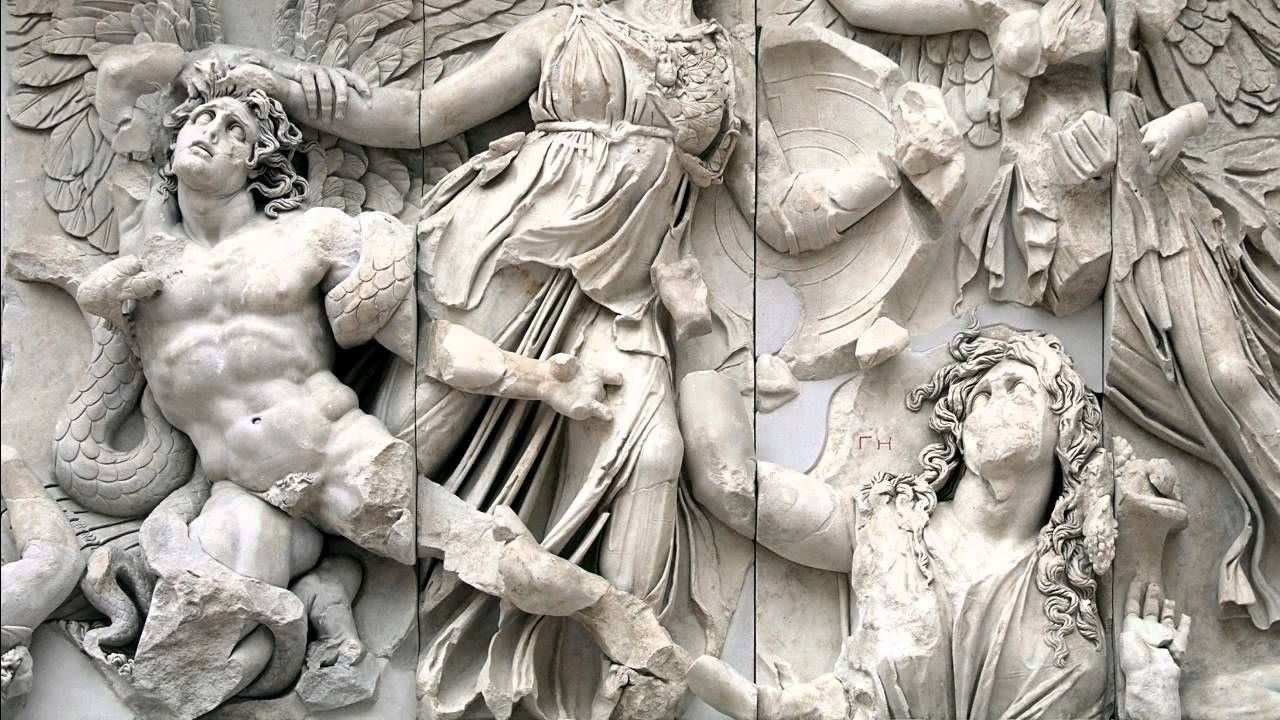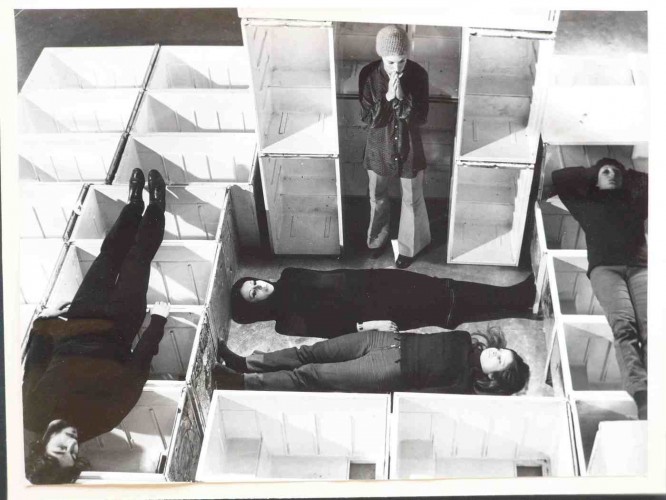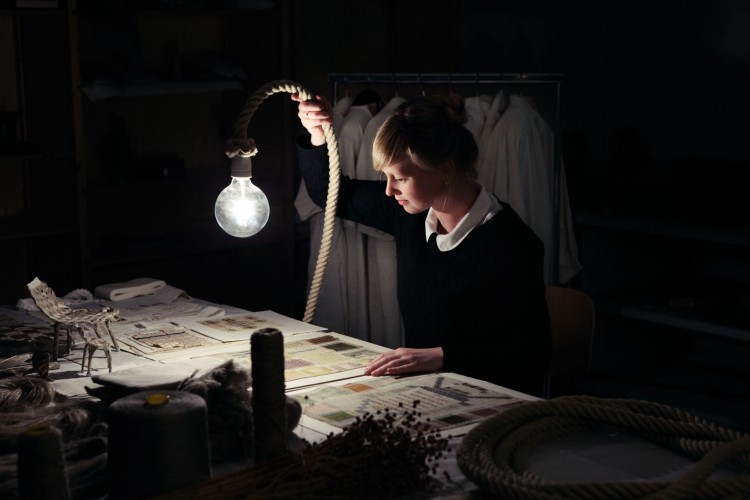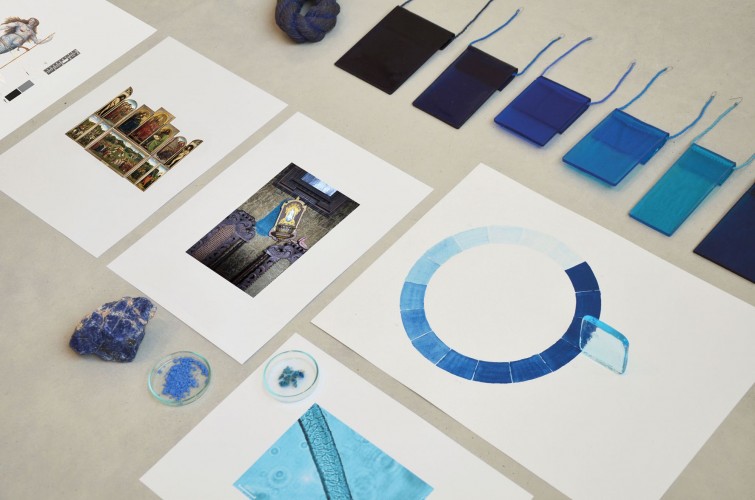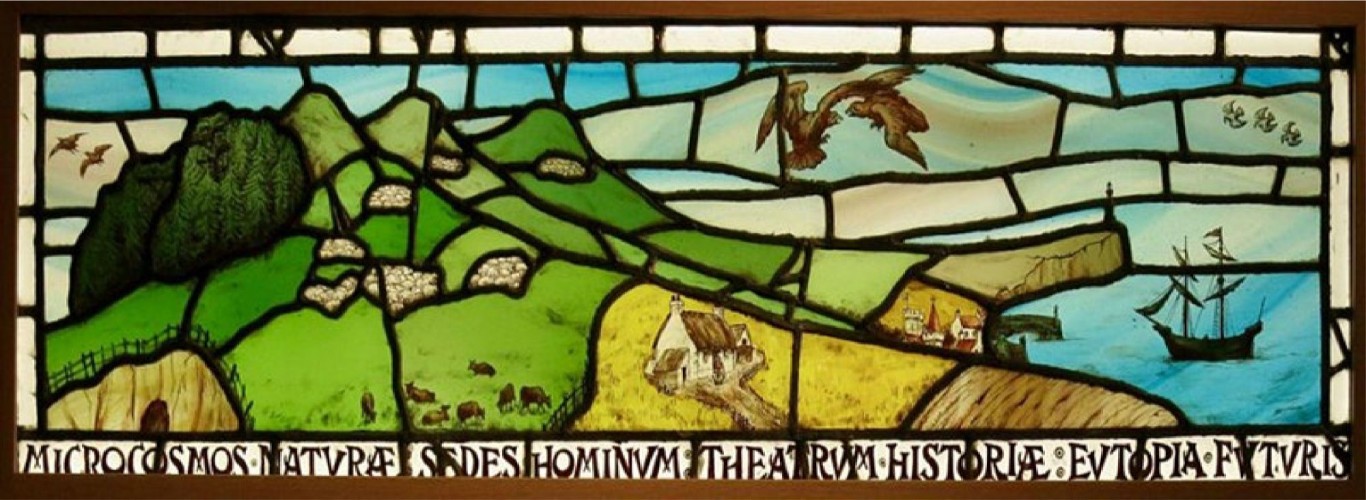Designing between truth and fiction
DS.WRITER:
Tasos Giannakopoulos
Image: Gigantomachy, Parthenon | ytimg.com
Ideas generate realities.
David Graeber
We construct ideas about ourselves and in turn, they construct us. The stories we tell ourselves are some of the most powerful tools we have at our disposal. Either seen from the medieval theology point of view or from the point of neurofeedback, the most contemporary and rapidly evolving frontline in neuroscience, the conclusion is more or less the same. Many other fields and, above all, our daily experience, confirm that stories, metaphors, myths and ideologies, what we construct through our imagination in general, affect to a lesser or greater degree reality itself, either as standards to which we measure our lives and behaviour or as examples to avoid and/or warnings.
All these approaches centre around the general and labyrinthine subject of representation that has troubled humanity, especially western culture, since ancient times. It concerns fiction, which is situated between truth and lies and includes metaphors, sculpture, movies, Netflix series and even architecture and design. On one of the Parthenon’s metopes, the fictional event of the Gigantomachy is depicted, where the Gods fight the Giants who, in this particular depiction, are represented in human form and not as monsters, as was then usual, pointing to the moral struggle that takes place individually within each of us and also collectively between people.
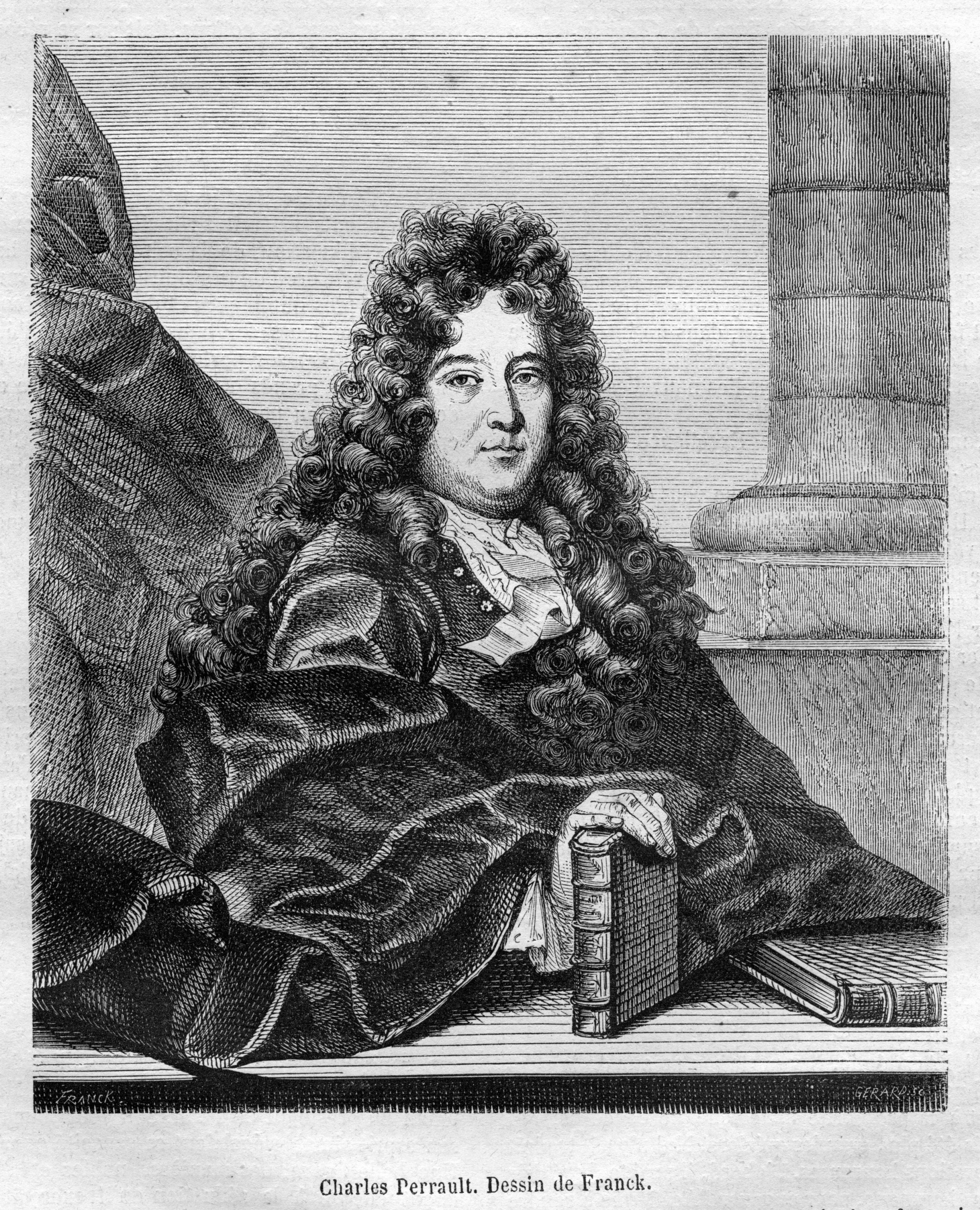
Charles Perrault | wikimedia.org
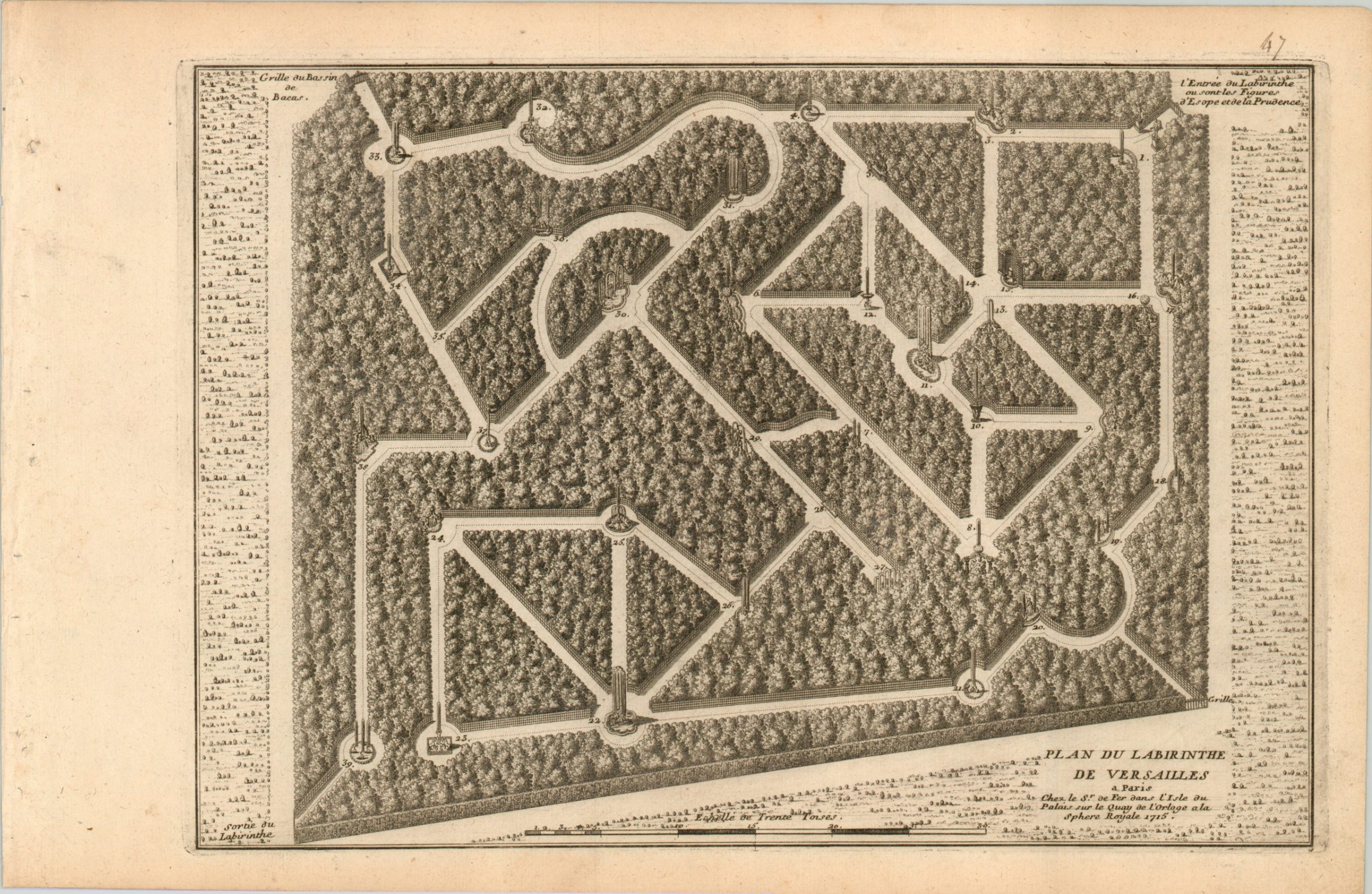
Plan du Labyrinthe de Versailles | curtiswrightmaps.com
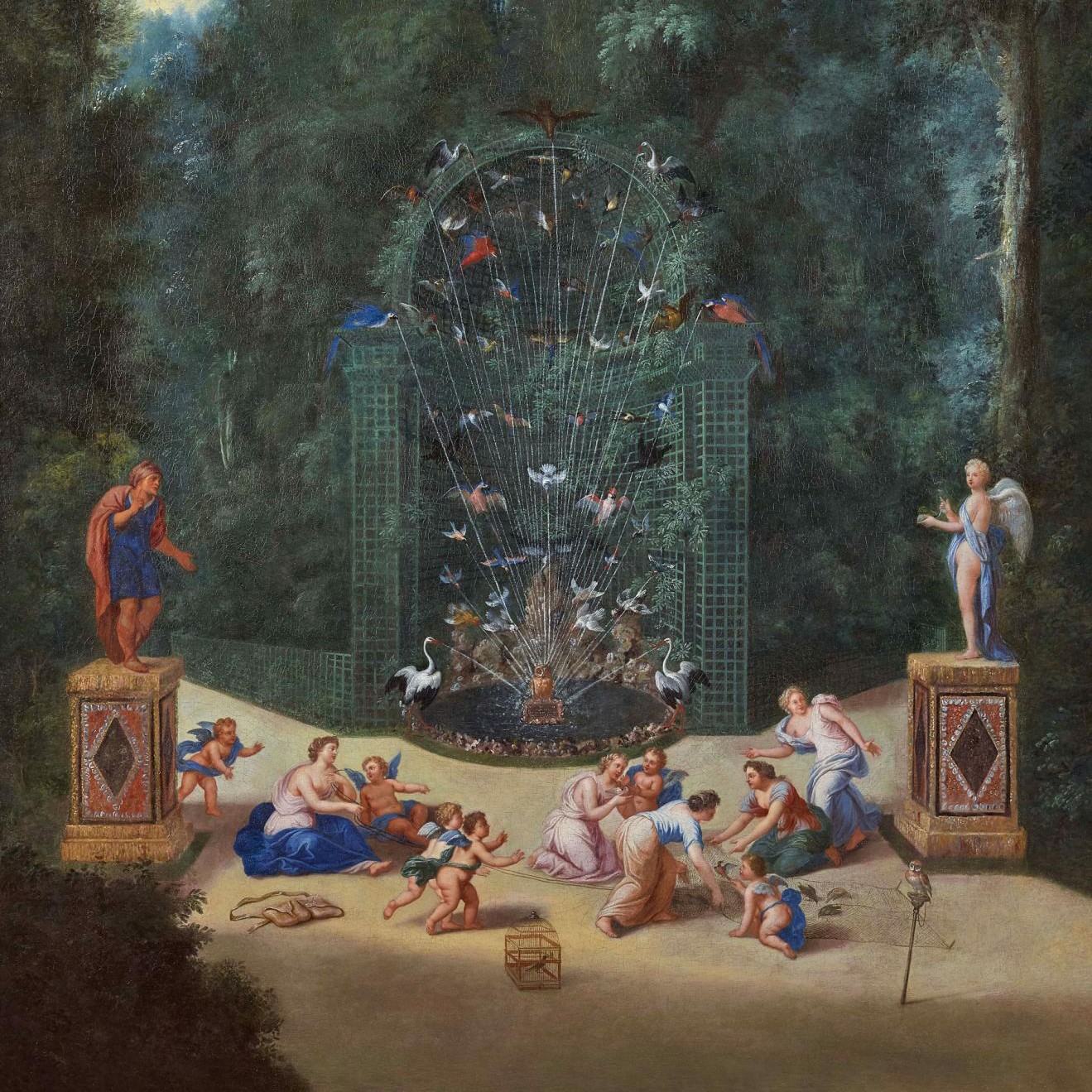
The King’s Animals | chateauvrsailles.fr
Charles Perrault, credited as the creator of the fairy tale literary genre and best known for writing Little Red Riding Hood, Cinderella, Puss in Boots and many other fairy tales on which Disney built its empire, collaborates in 1666 with Louis XIV's landscape architect, André le Nôtre, to design a garden/labyrinth, part of the Gardens of Versailles. Royal gardens were in those days - before television - part of the entertainment of aristocrats and kings, who manipulated nature into the geometric shapes they desired and who turned large tracts of land into boring, monoculture lawns simply because they could and they did not need to grow anything on them, since their sustenance was certainly guaranteed. In the labyrinthine gardens that were fashionable at the time, a seduction of the nobles in an architectural game of wandering, deliberate disorientation and hide and seek took place, very similar to the physical relations that took place among them. So, Perrault places at the entrance the god Eros and the well-known Aesop as well as quatrains from his fables, in 39 fountains inside the labyrinth, to serve as a reminder and a compass, so that the aristocrats are not lost in games of love.
These are just two characteristic approaches of two distinctively different societies. From the statues in the restoration of the Notre Dame by Eugène Viollet-le-Duc with the gargoyles, Jews and monsters, to the programmatically organised utopia of Cité Industrielle by Tony Garnier, to the fantastic Danteum project by Giuseppe Terragni or to the contemporary fiction design that tries to imagine forms for a post-humanist society that includes humans as well as other species, machines and hybrids, and everything in between in its thoughts and goals, the list is endless.
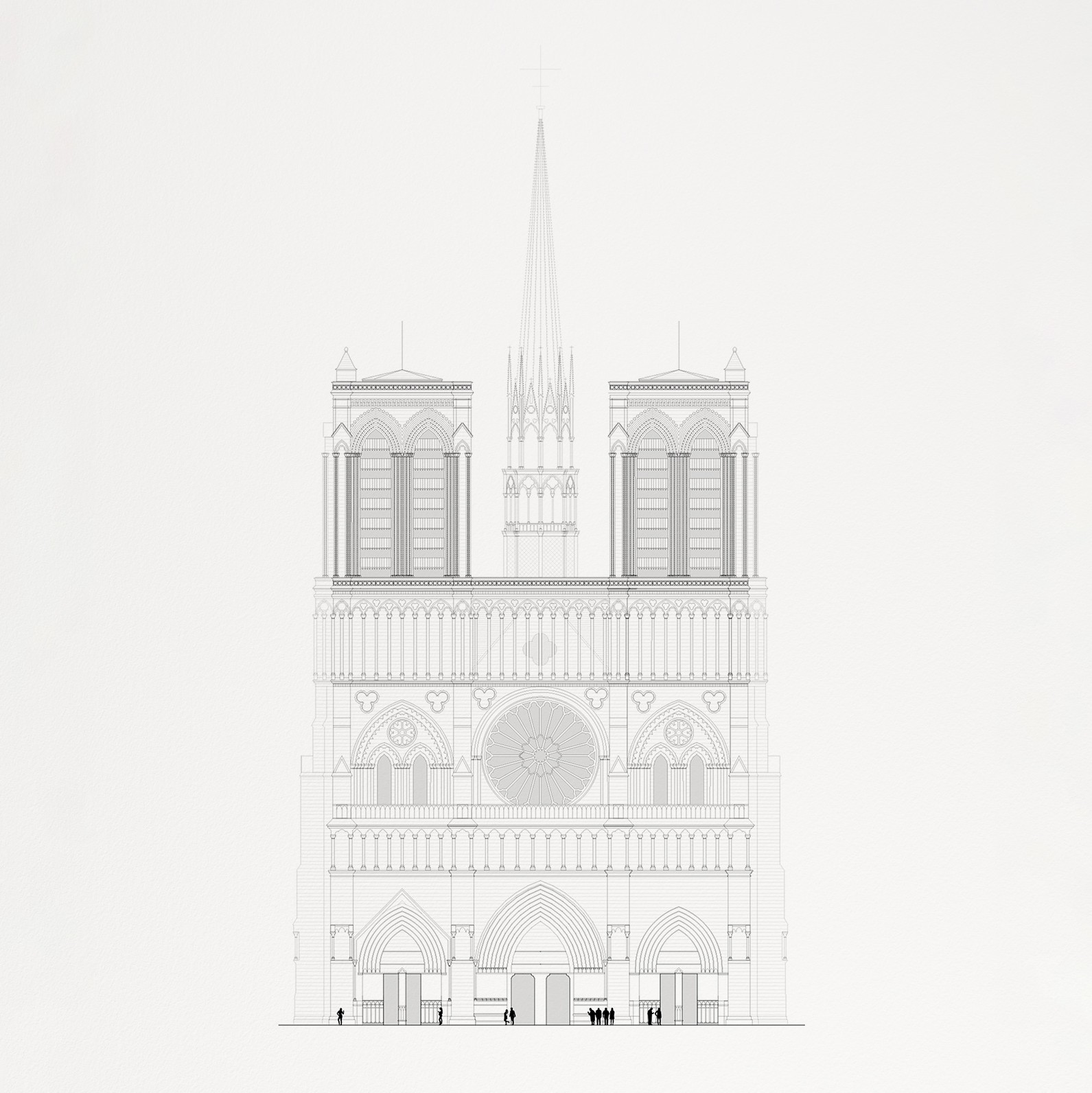
Notre-Dame de Paris | desplans.com

Gargoyle thinking, Notre Dame | thedailydeast.com
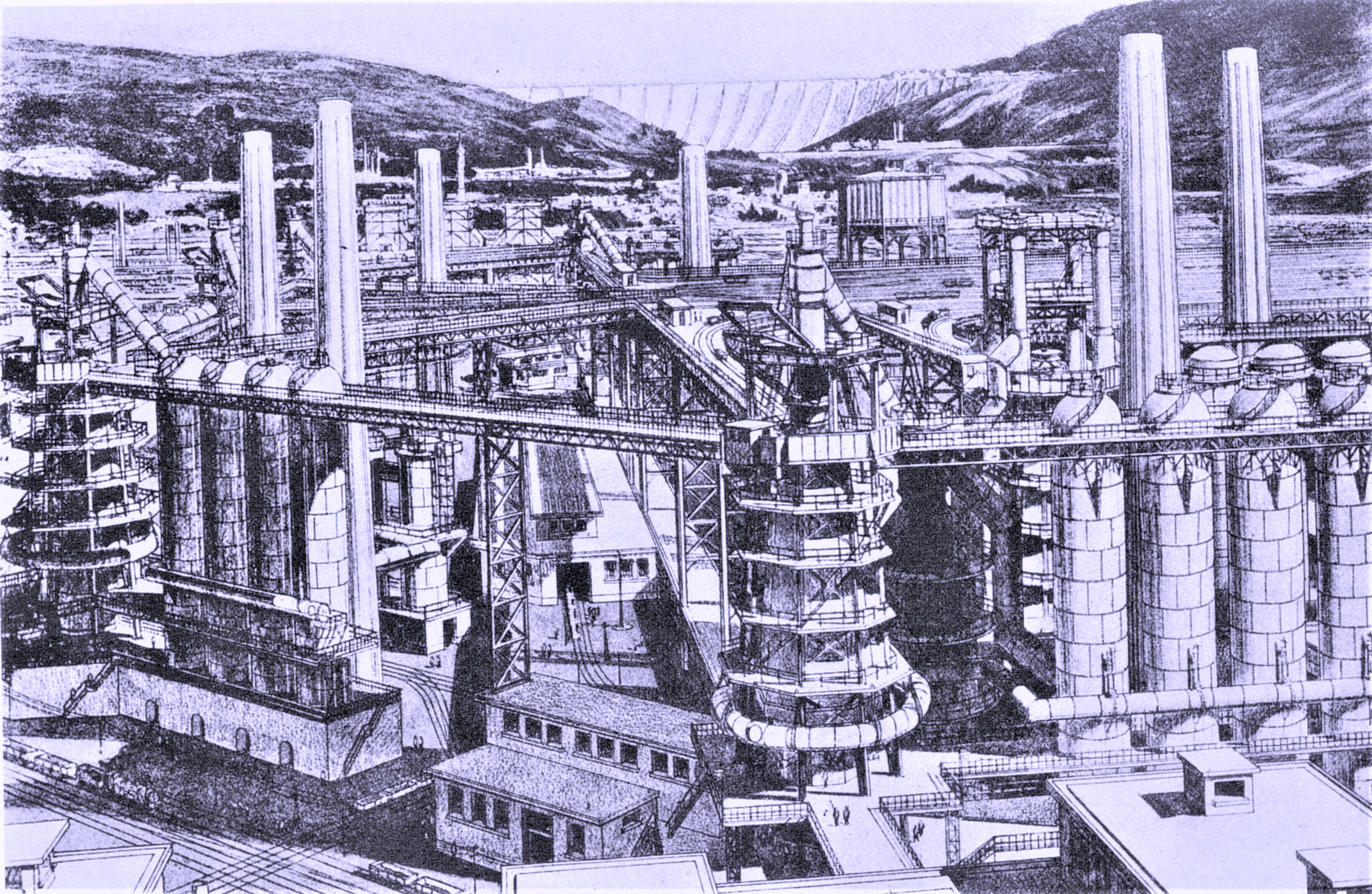
Cité industrielle, Tony Garnier | wikimedia.org
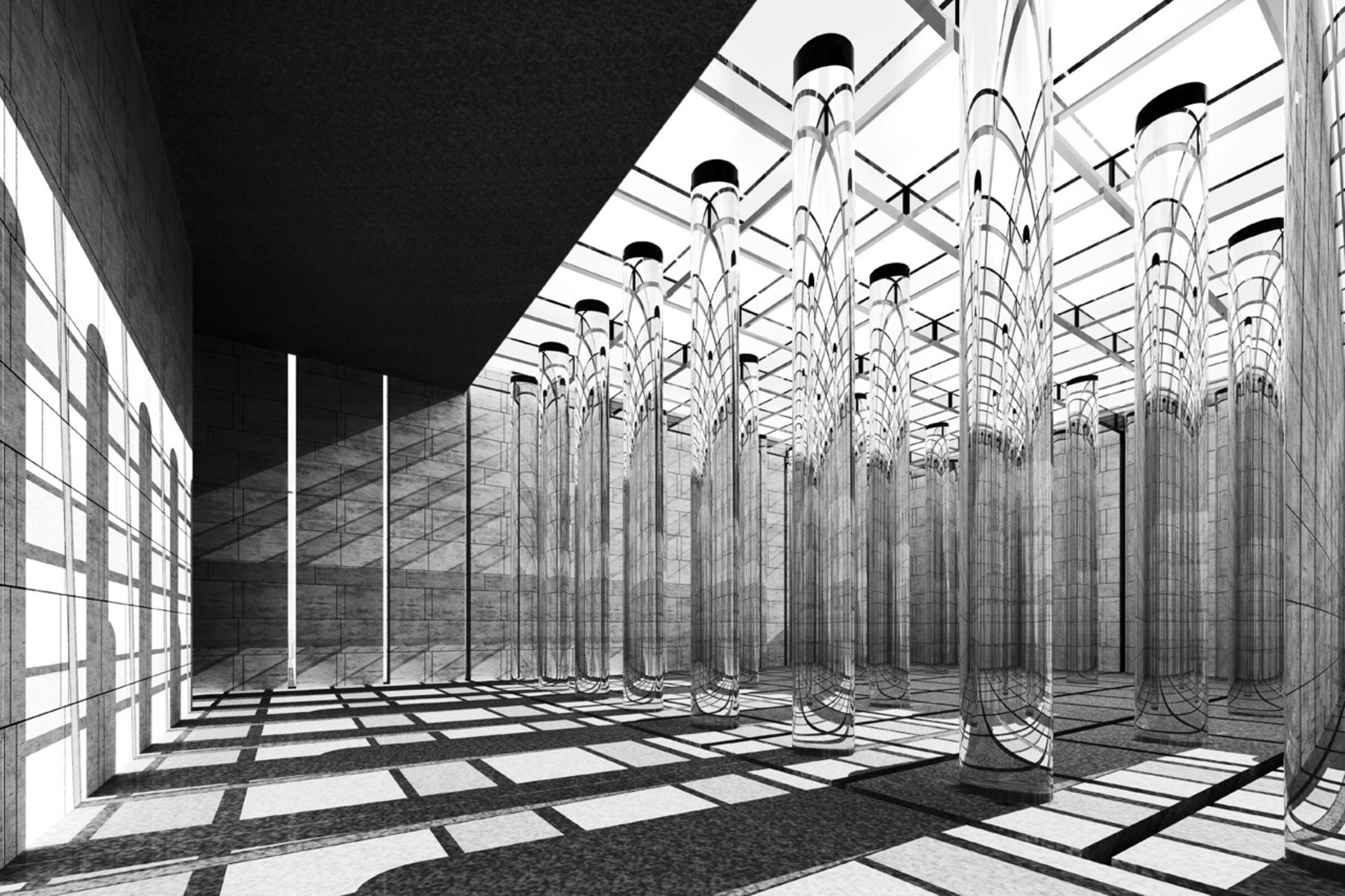
Danteum, Giuseppe Terragni | twimg.com
Design, more specifically, has been exploring lately what has been dubbed speculative design and is part of the above genealogy. Speculative design asks us to move beyond user expectations and practices and imagine how our designs will affect future societies. It doesn't -necessarily- solve problems as prototyping does, nor does it try to predict the future and it's not pure critique. It deals with possibilities more than with probabilities and prompts us to think about our preferences in relation to a range of possible futures and to consider how the objects and spaces we design serve or hinder our efforts to construct these futures. A close and popular reference is the TV series Black Mirror, and a more sophisticated one, perhaps, is the Reprodutopia exhibition by the Next Nature Network.

Reprodutopia | nextnature.net
Representations on the architectural member, by the architectural member and while one navigates through it internally and externally, are part of the architectural member's operation. Architecture and design represent something. Reality remains their constant reference point but, when they are executed well, they escape their limitations. Whether they are constructed realities or works of fiction, they create the stories we live in and/or activate our imagination. Once words fade, once the zeitgeist abandons us, there will always be the ineffable act of architecture and design, repeating itself as a visual, physical and mental reality offered to us to read. A datum from which we will draw information for the stories we tell about our past, present and future.




